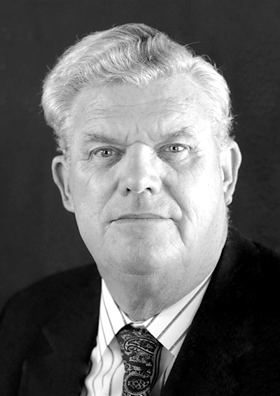Nationality Canadian | Name Richard Taylor Fields Particle physics | |
 | ||
Born Richard Edward Taylor November 2, 1929 (age 95) Medicine Hat, Alberta ( 1929-11-02 ) Institutions Stanford Linear Accelerator CenterLawrence Berkeley LaboratoryEcole Normale Superieure Alma mater Stanford UniversityUniversity of Alberta Similar People Jerome Isaac Friedman, Henry Way Kendall, Enrico Fermi, Martin Deutsch | ||
Doctoral advisor Robert F. Mozley | ||
Richard E. Taylor ● A Simple Tribute
Richard Edward Taylor, (born 2 November 1929) is a Nobel Prize–winning professor emeritus at Stanford University. In 1990, he shared the Nobel Prize in Physics with Jerome Friedman and Henry Kendall "for their pioneering investigations concerning deep inelastic scattering of electrons on protons and bound neutrons, which have been of essential importance for the development of the quark model in particle physics."
Contents
- Richard E Taylor A Simple Tribute
- Canadian physicist Richard E Taylor Died at 88
- Education
- Research and career
- Awards and honours
- References
Canadian physicist Richard E Taylor Died at 88
Education
Born in Medicine Hat, Alberta, Taylor studied for his BSc (1950) and MSc (1952) degrees at the University of Alberta in Edmonton, Canada. Newly married, he applied to work for a PhD degree at Stanford University, where he joined the High Energy Physics Laboratory. His PhD thesis was on an experiment using polarised gamma rays to study pion production.
Research and career
After 3 years at the École Normale Supérieure in Paris and a year at the Lawrence Berkeley Laboratory in California, Taylor returned to Stanford. Construction of the Stanford Linear Accelerator Center (now the SLAC National Accelerator Laboratory) was beginning. In collaboration with researchers from the California Institute of Technology and the Massachusetts Institute of Technology, Taylor worked on the design and construction of the equipment, and was involved in many of the experiments.
The experiments run at SLAC in the late 1960s and early 1970s involved scattering high-energy beams of electrons from protons and deuterons and heavier nuclei. At lower energies, it had already been found that the electrons would only be scattered through low angles, consistent with the idea that the nucleons had no internal structure. However, the SLAC-MIT experiments showed that higher energy electrons could be scattered through much higher angles, with the loss of some energy. These deep inelastic scattering results provided the first experimental evidence that the protons and neutrons were made up of point-like particles, later identified to be the up and down quarks that had previously been proposed on theoretical grounds. The experiments also provided the first evidence for the existence of gluons. Taylor, Friedman and Kendall were jointly awarded the Nobel Prize in 1990 for this work.
Awards and honours
Taylor has received numerous awards and honours including
